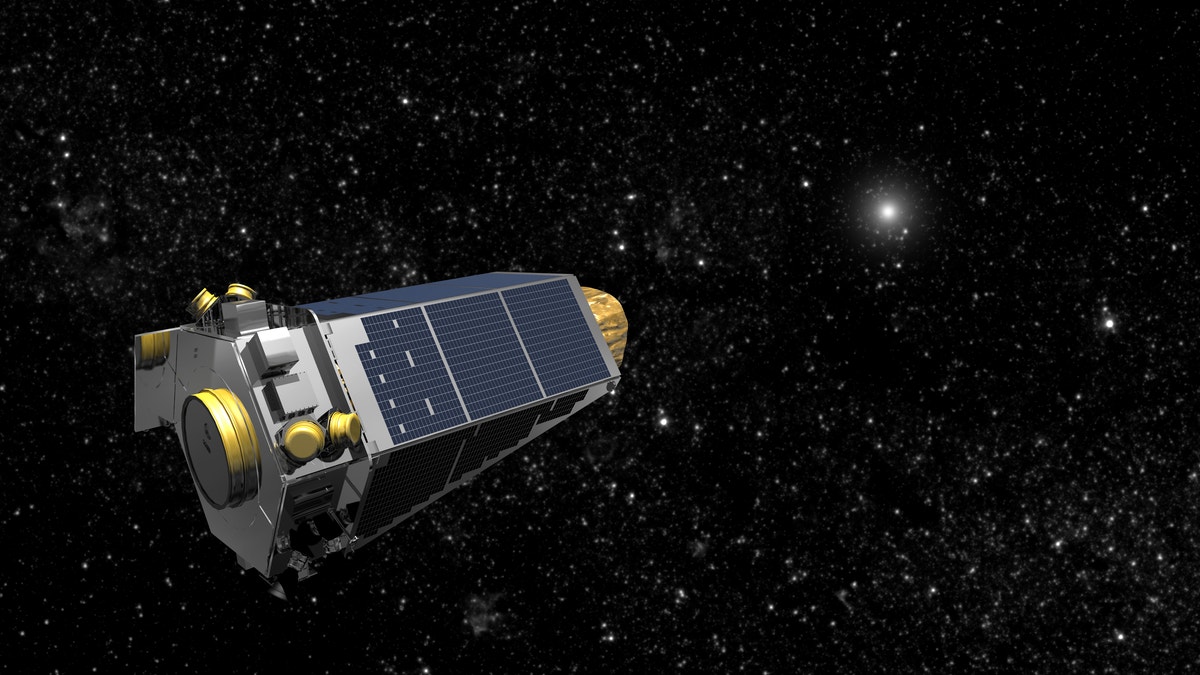
(NASA)
NASA reports that its Kepler spacecraft, an instrument positioned almost 75 million miles from Earth that hunts for exoplanets, is now functioning normally after an unknown event put it in emergency mode earlier this month.
Flight engineers based in Boulder, Colorado, were able to position Kepler so that it is pointed towards our galaxy’s center, where it will work on a mission NASA calls Campaign 9, searching for planets outside of our solar system using a technique known as “gravitational microlensing.”
Related: NASA marks Hubble's birthday with this captivating image
The space agency learned on April 7 that the spacecraft was in emergency mode, and announced a “spacecraft emergency,” permitting them to have priority access to the craft through the Deep Space Network. Because of the millions of miles separating Kepler from Earth, communication to the craft takes 13 minutes round-trip.
Later, on April 11, NASA announced that the spacecraft was stable and the emergency was over.
The spacecraft’s scientific mission is now continuing, and the agency said they are investigating what went wrong.
Related: Scientists explain astronauts' feeling of awe
“The nature of the problem has indications of a transient event, which triggered a barrage of false alarms that eventually overwhelmed the system, placing Kepler in Emergency Mode,” NASA said in a statement. “Power-cycling the onboard computers and subsystems appears to have cleared the problem.”
